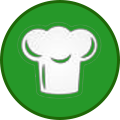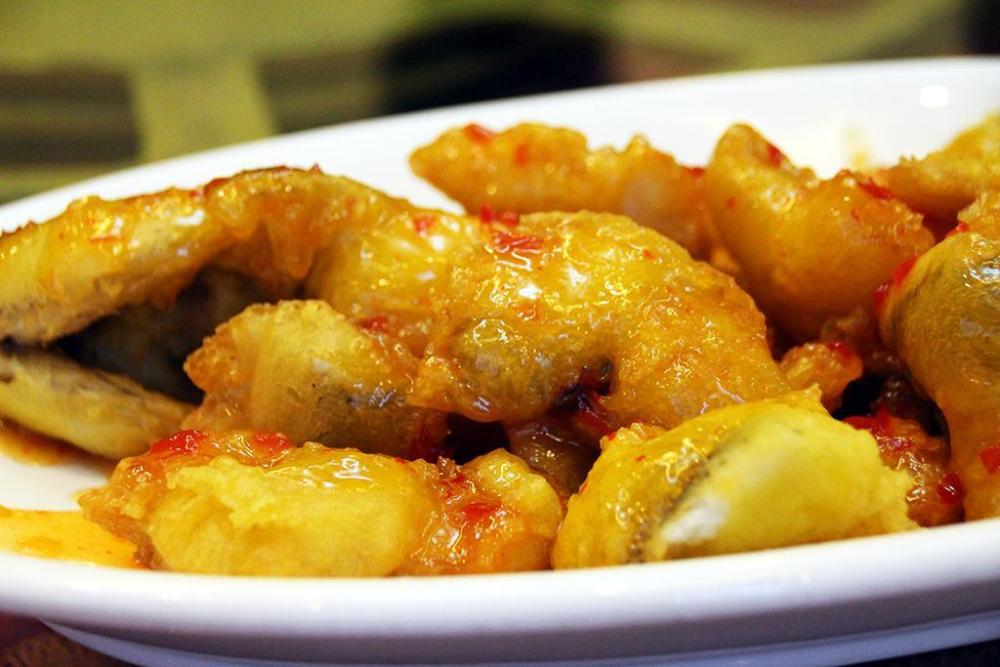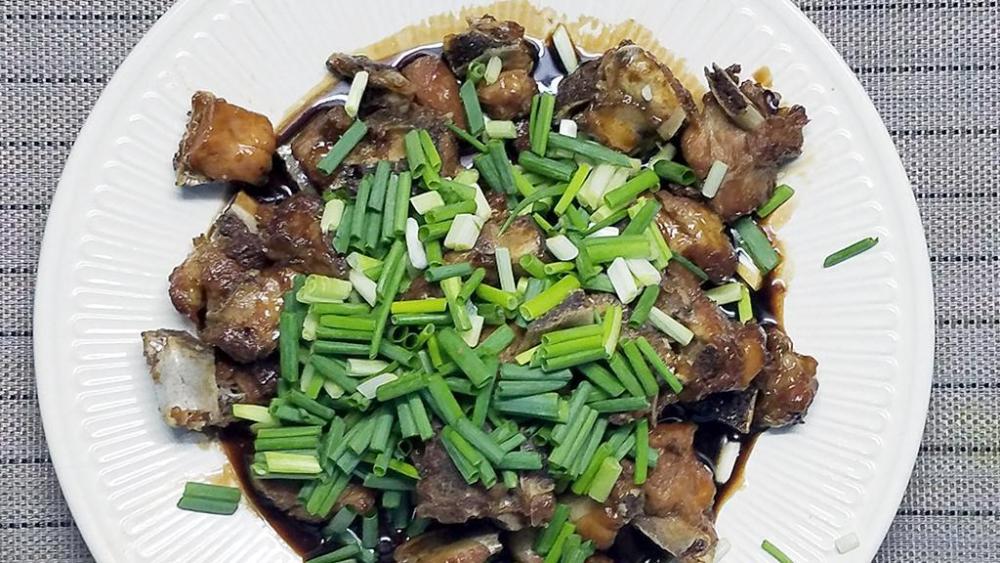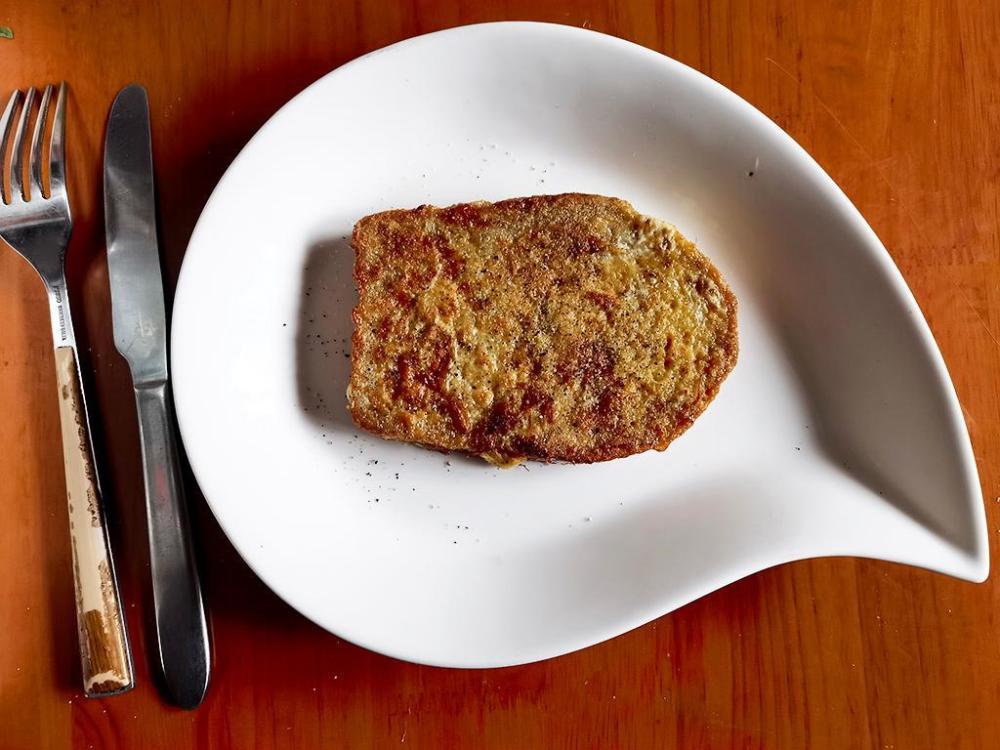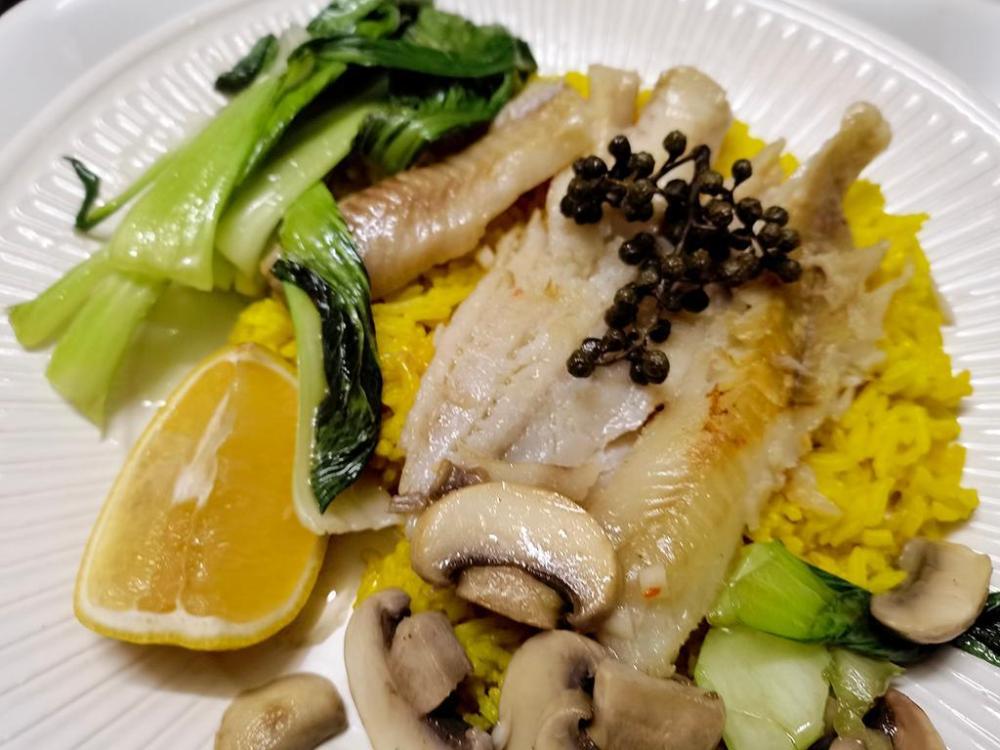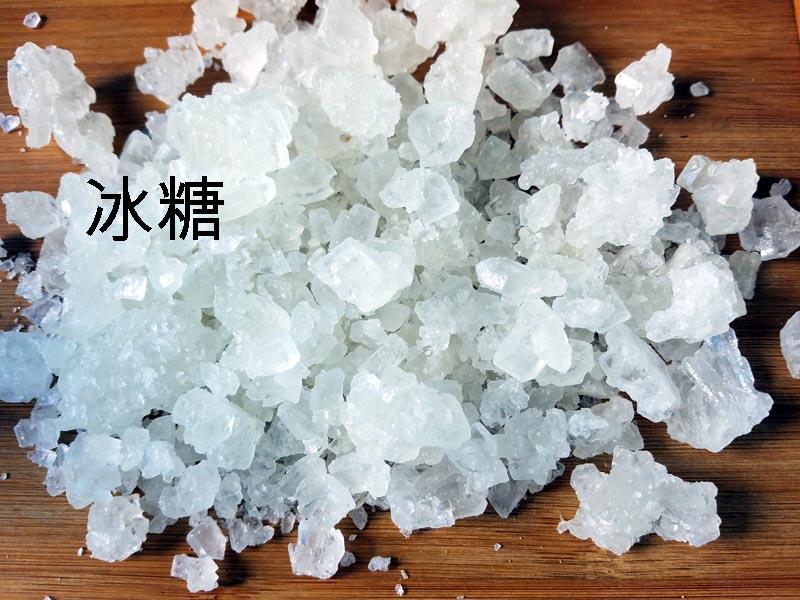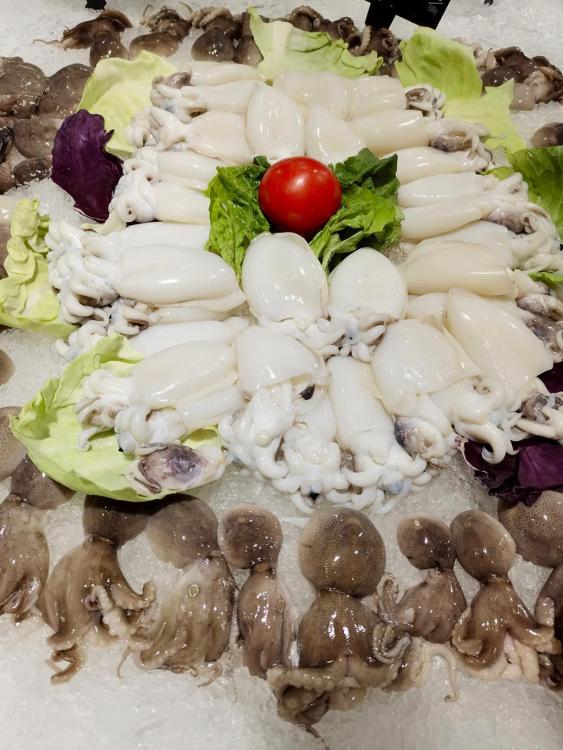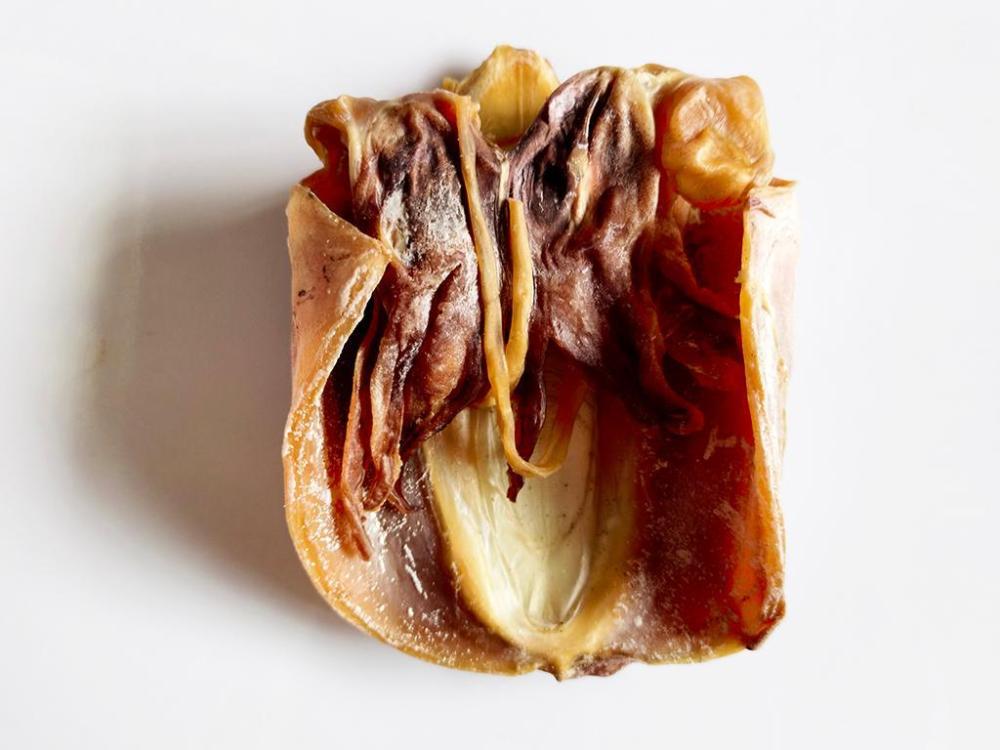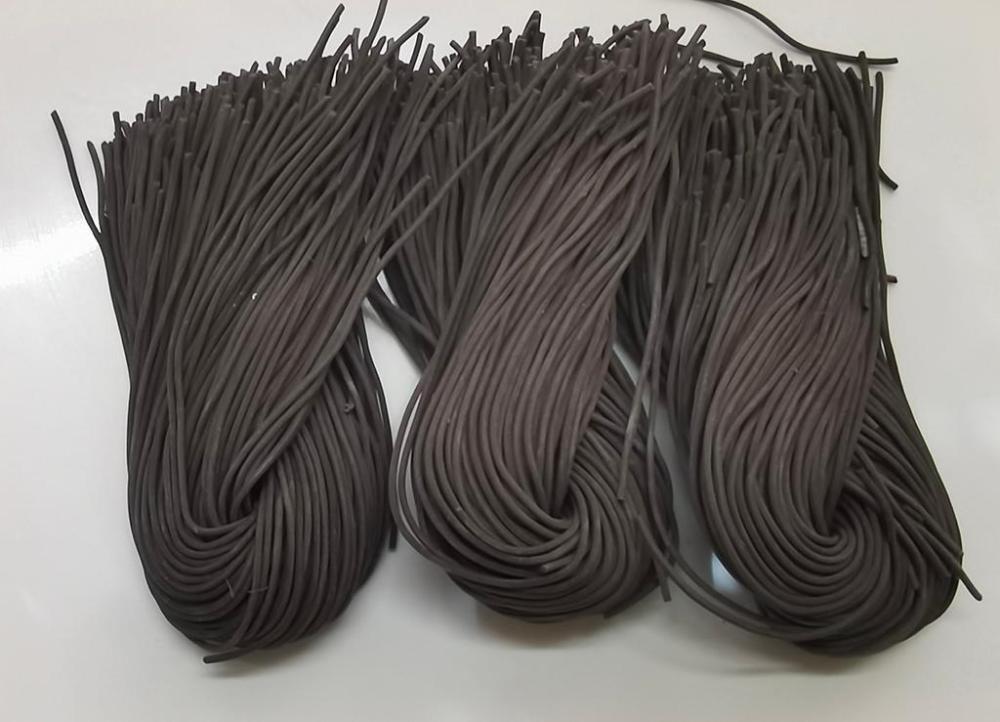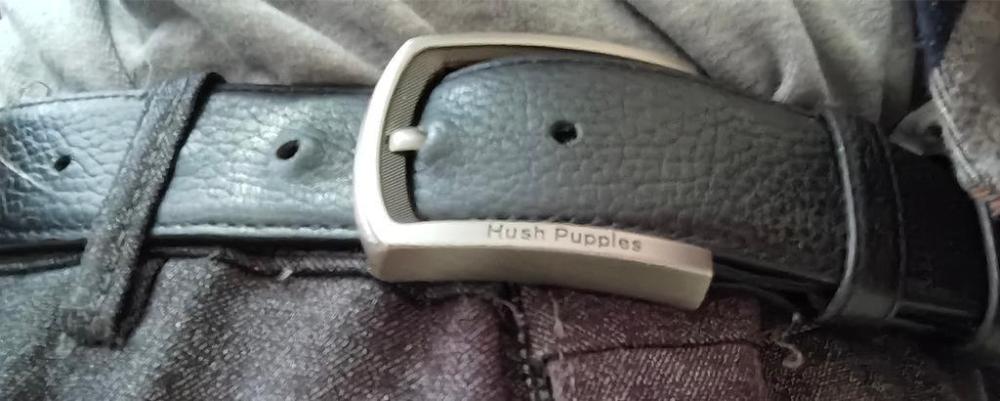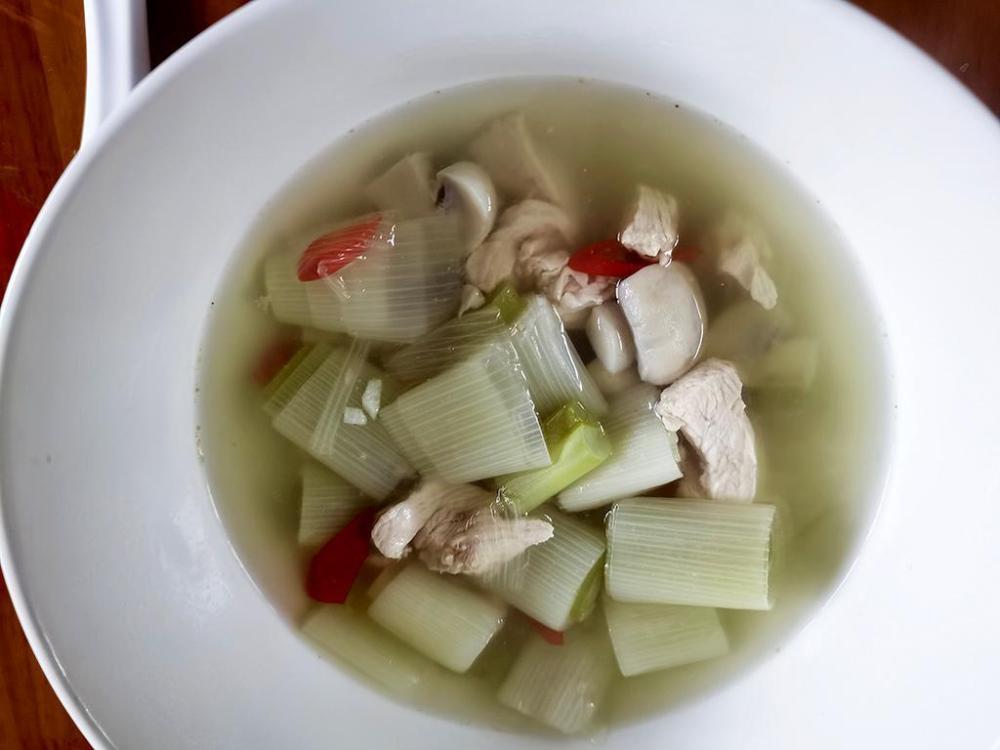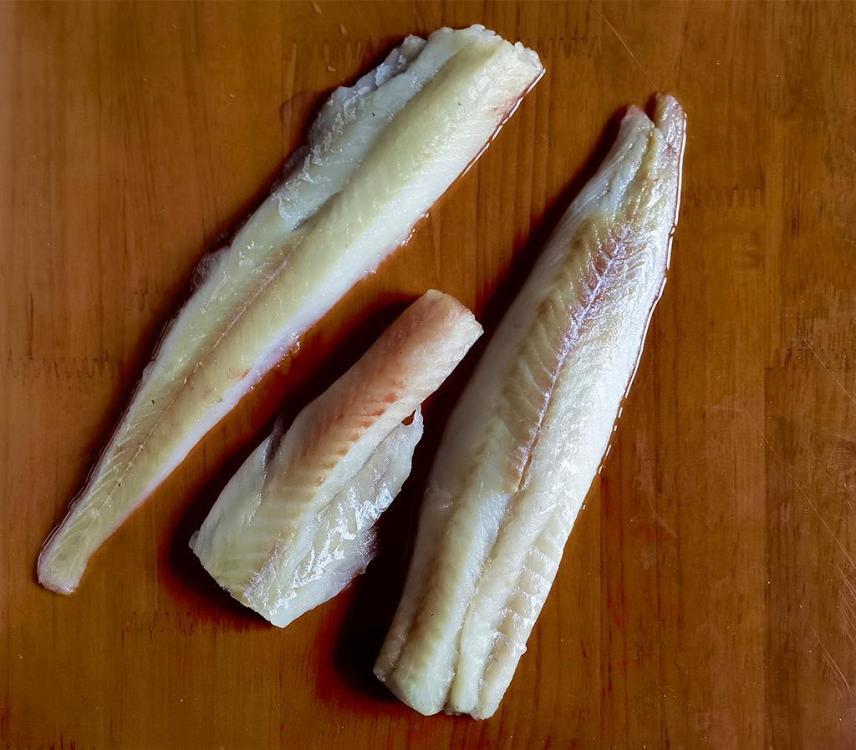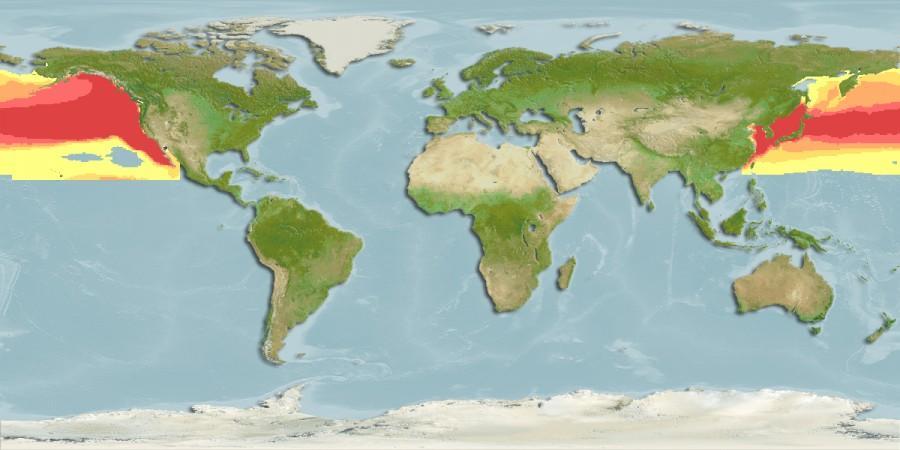-
Posts
16,662 -
Joined
-
Last visited
Content Type
Profiles
Forums
Store
Help Articles
Everything posted by liuzhou
-
Pork lenderloin steak with frsh shiitake, coriander leaf/cilantro garlic and rice wine. Carb free. But, I've not been in good shape and I haven't really eaten for days and this is me easing back into foodland.
-
I'm not that strict! I have to accept limitations here, too. A lot of what you can easily find, I can't.
-
Yes. That sounds exactly like what I thought was 'Chinese' sweet and sour until I arrived in China. One of the very many misconceptions that soon got bust.
-
-
Here is my take on a Shanghai style sweet and sour spare ribs. The Chinese chives on top are wilting in the residual heat. No gloop or day-glo orange saucing.
-
Sweet and sour sauce as such, really doesn't exist here in China. Although many dishes do utilise sweet and sour tastes, they are nothing like sweet and sour sauces served internationally. In a quarter of a century living in China, I have never seen sweet and sour chicken. Kung-po chicken (宫保鸡丁 - gōng bǎo jī dīng) does have sweet and sour elements, but they are only a small part of that dish. (Incidentally, when sour is used, it is nearly always in the form of rice vinegar - white or black depending on the dish. Also, the protein is rarely battered, but when it is, it is a very light batter.) In my large collection of Chinese language cookbooks, there isn't a single recipe for a sweet and sour chicken dish and I've never seen it on a restaurant menu. The sweet and sour dishes I have seen have nearly all been fish, but none of them are called sweet and sour. The most common is 松鼠鳜鱼 (sōng shǔ guì yú), the so-called 'squirrel fish' mentioned before. One notable exception to fish is my favourite, that being 糖醋里脊 (táng cù lǐ jǐ, literally 'sugar vinegar (pork) tenderloin') from Sichuan, although it does not resemble western 'Chinese' sweet and sour in any way.
-
That quote above is from this review of a restaurant. It's one of the most polite sentences I could find in this scathing takedown.
- 30 replies
-
- 11
-

-

-

-
Well, I got round to it last night. Sorry saury, I won't be buying you again. Insipid.
-
-
Last night: Pan-fried Pacific saury with turmeric rice, garlic, ginger, chilli, fresh green Sichuan peppercorns, lemon, Shanghai greens and mushrooms.
-
Yes, but that is typical of many Chinese language cookbooks. I suspect that this was a translation from one of them. They tend to be poorly formatted and skimpy with instructions. But remember please, English language cookbooks were the same not that long ago. Writers assumed a lot of prior knowledge.
-
I haven't seen the cookbook you are referencing, so this is a guess, but hopefully an educated one! They are probably talking about rock sugar - the most common type here - and people do rinse that to get rid of any dust or worse it may have picked up during processing, handling and distribution etc. I wrote about sugar in China a while back in this topic. Rock Sugar From your accounts, the cookbook certainly seems badly written, but not necessarily wrong.
-
墨鱼 (mò yú, literally ínk fish), Sepia officinalis, Cuttlefish, a further member of the squid and octopus family, is also a popular seafood item here. It is sold fresh, dried and made into seafood preparations such as fish balls etc. The dried is the most popular and is shredded and eaten as a snack or added to hotpots and soups to enhance umami. Dried Cuttlefish The 18th century Chinese cookery classic 随园食单 (suí yuán shí dān) by Yuan Mei praised the high quality of cuttlefish roe, but noted that it is difficult to prepare. I've never seen it. However their ink is sold in bags and used to colour noodles etc. I have a bag of ink somewhere, but can’t find it right now. Here are instead are some dried cuttlefish ink hand-pulled noodles. 墨鱼汁拉面 (mò yú zhī lā miàn) - Cuttlefish Ink Hand Pulled Noodles The cuttlefish is regarded by some as being one of the sea's most intelligent creatures (along with octopus) and so many avoid eating them. Fresh Cuttlefish and Tofu Salad
-
No. The finest. https://www.amazon.co.uk/Tongmaster-TM00080-Premium-Pinhead-Rusk/dp/B00515262Y
-
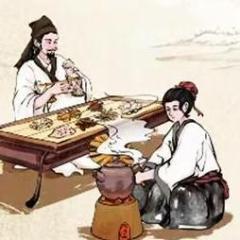
How Do You Deal with Handicaps in the Kitchen?
liuzhou replied to a topic in Food Traditions & Culture
It's not at all the sort of thing I usually watch. I'm generally allergic to reality TV. But when I broke my wrist a couple of months back and was feeling sorry for myself, a friend suggested strongly that I should watch an old Masterchef USA series (No.3). She didn't tell me why, but I trust her. So I did. It features the amazing Christine Ha as a blind contestant in a cooking competition, totally relying on her other four senses. She cooked with skill, grace and poise and, to be honest, made me feel ashamed that I'd been grumping about only having one functional hand for a while. If you haven't seen it, I do recommend it. If you have, you'll surely know why. -
I've seen favourable reports about using panko, too. Again, I've never tried it so can't really say much.
-
I don't think it's deliberate fraud as such. As you say, who would they be defrauding? Not the locals. And there are very few non-locals likely to run into it - especially in these times. I think it's just more of something I encounter literally every day. Well two things really. a) They don't care. They just think having an English name looks exotic. They know at least 90% of people won't understand. b) They do care. A bit. They want a translation, but they don't want to pay for a professional one because the janitor's daughter studied English in high school and she can do it for the price of a hamburger and a flat Coca Cola lookalike from a fake McDonald's. Me bitter? Not a bit! But it's not only China. I have seen it all over the world. Not just about fish. Anything. In both directions. A very close friend who is Chinese, but has lived in England for many years tells me that she wants to scream every time some idiot in England asks her what their 'Chinese' tattoo means. "What moron gets something they can't understand tattooed on their body?" she asks. Then points out that 75% of the time the tattoos aren't even Chinese! Usually random Japanese words (she speaks that, too. Not the random variety). I'm sure you must see similar in Costa Rica. I've long resisted posting some of the more ridiculous mistranslations I see. It would take up too much time and I don't generally think mocking someone's ability in a language other than their own is a cool thing to be doing.
-
I have a Hush Puppies trouser belt, but you can't have it. It's holding me together. I dont know if these are what you want, but the only edible hush puppies I've eaten are these from Jamie Oliver. Made by a friend. Rather good, I thought.
-
Simple chicken, leek and mushroom soup. Had a garlicky, spicy stock made from some chicken wings in the freezer. Poached a chicken breast in the stock. Added the leeks and button mushrooms. Happy mouth.
-
When I saw this in the supermarket freezer this morning, I was immediately suspicious. Frozen pollock? Pollock is a species from the north Atlantic and, as far as I can tell, isn’t farmed. But the sellers screwed up their pitch by giving the scientific name on the packaging. This is 狭鳕鱼 (xiá xuě yú), Cololabis saira, Pacific saury. They do give the correct name in Chinese, although they are sometimes also known as 秋刀鱼 (qiū dāo yú). And of course, they come from the Pacific. These were landed in Shenzhen in Guangdong, right beside Hong Kong. AquaMaps (2019, October). Computer generated distribution maps for Cololabis saira (Pacific saury), with modelled year 2050 native range map based on IPCC RCP8.5 emissions scenario. Retrieved from https://www.aquamaps.org. ‘Pollock’ in my terminology is Pollachius pollachius – end of story. I read that, in America, the name ‘pollock’ is also used for Pollachius virens but in the UK we call them ‘coley’. Anyway, I bought a packet to try them out. Cost me a whopping $2.60 USD for 180 grams / 6.4 oz. Examining the packet rear, I find a bizarre recipe which I won’t trouble you with. It is given in Chinese and in what someone imagines is English. It utilises some discordant and non-Chinese ingredients and, most memorably, it advises cooking carrots and asparagus ‘until they are broken’. I’ll be giving that recipe a miss. Whatever I end up doing will show up in the dinner or lunch threads very soon. They are also popular in Japan, where they are called サンマ (sanma) and can be used in sushi and as sashimi, but are often salted and grilled.
-
We called it square sausage, too. In fact, I never heard anyone call it Lorne sausage in Scotland! I guess you could use the Dutch rusks, but I have no experience of them. When I was in the UK, I used to get it from my friendly local butcher, Norman. It was virtually free.




